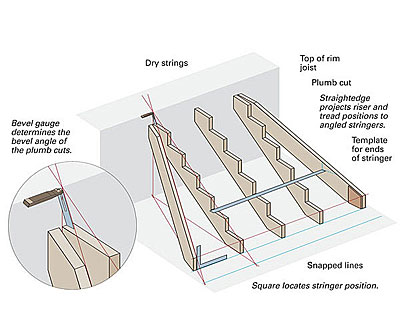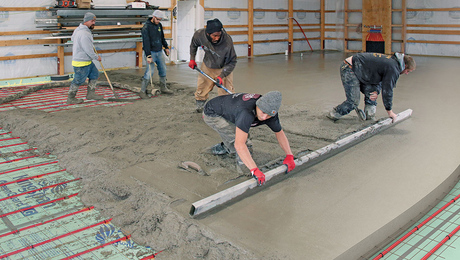Q:
I plan to build a small staircase connecting a deck to the ground. I want the stairs to flare out so that the top of the proposed stairs will be 4 ft. wide and the bottom will be around 8 ft. wide. The overall rise of the stairs will be just over 4 ft. I can figure the rise and run for the standard stringers, but I’m struggling with the layout of the angled stringers. Can you help?
Roger Knudsen, Weston, CT
A:
Contributing editor Mike Guertin replies: I’ve never built stairs like the ones you describe, but here’s how I’d approach the task. I’d begin with a quick scale drawing with the known measurements of 4 ft. at top, 8 ft. at bottom. For ease of figuring, I picked a 49-in. overall rise (so that the 7-11 rule would work conveniently), which gives us seven risers and six treads with an overall run of 66 in. The side-view drawing indicates that you need common stringers roughly 6-1/2 ft. long. And by guessing, I figure the outer angled stringers should be just over 7 ft. long. The tread materials are easy to scale off the plan view.
With all the stock on site, I’d build the three common stringers and tack them in place temporarily about 2 in. shy on each side of the 4-ft. overall width. (The 2-in. space allows enough room for the angled stringer.)
Now the alchemy begins. I’d first run a dry string from the top of the rim joist (don’t go to the top of the decking, or your line will be too high) down along the tips of the sawteeth on the two outermost regular stringers (see drawing below). A straightedge running down the stringer teeth will also work. Mark the point where the dry strings hit the landing pad, and snap a line running through and extending a few feet beyond those points.
Snap another line along the bottom front edge of your regular stringers, and measure over 2 in. shy of the 8-ft. mark. Hold a square on that mark, and run another dry string from the 4-ft.-minus-2-in. mark on the top edge of the rim joist to the outermost snapped line, just touching the edge of the square. This line should represent the top inside edge of your angled stringer. With this string in place, measure the length between the top and bottom points to determine the overall length of the stringer.
Next, establish the bevel angle for the top and bottom plumb cuts of the angled stringer with a sliding bevel gauge. The bevel gauge can also be used to get the angles for the ends of the stringer. But I find it quicker and more accurate to make a cardboard template for the end cuts.
Note that the string represents the inner edge of the proposed stringer, so the top bevel cut is measured to the long point. Now you can make the top and bottom cuts of the angled stringers and set them temporarily in place.
The next step is determining the tread and riser locations for the cleats if you go with closed stringers or for the sawcuts if you go with open stringers. Lay a straightedge across each tread cut of the three regular stringers, and extend it over to the angled stringers. Draw lines on both angled stringers for each tread. Continue the same process to mark the riser lines. Before removing the angled stringer for further fabrication, draw a pencil line on the landing pad around the bottoms of the stringers to ensure proper placement.
You’re on the home stretch. Now just screw on the tread cleats, or make the tread and riser cuts on the stringer. If you opt for open stringers, remember to bevel the riser cuts. Chances are you will still have enough meat left on the angled-stringer stock if you do choose to cut out for the treads and risers. If you’re concerned about their strength, you can glue and screw a 2x on the inside of the stringer just beneath the tread/riser cut points.
If on a similar set of stairs the angled stringer were more than 3 ft. away from the adjacent regular stringer, then jack stringers would be in order. Just use the lower end of one of the regular stringers as a pattern, and make a beveled plumb top cut at the appropriate point where the jack stringer meets the angled stringer. A straightedge will help to fine-tune the attachment location of the jack stringer before you nail it.
Fine Homebuilding Recommended Products
Fine Homebuilding receives a commission for items purchased through links on this site, including Amazon Associates and other affiliate advertising programs.
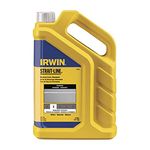
Standard Marking Chalk
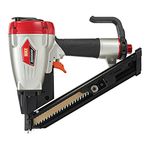
Metal Connector Nailer
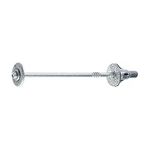
FastenMaster Screw Bolt Fastening System
